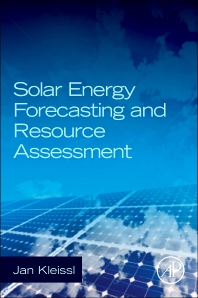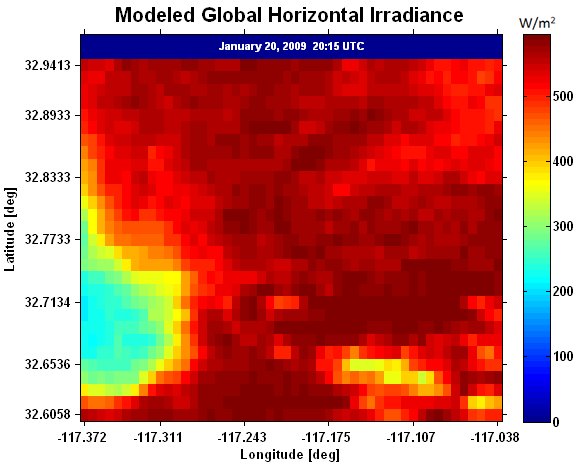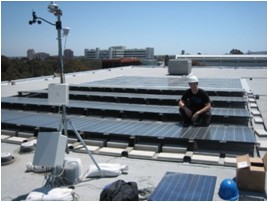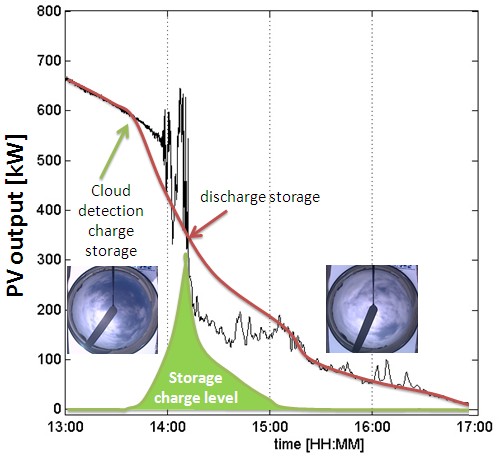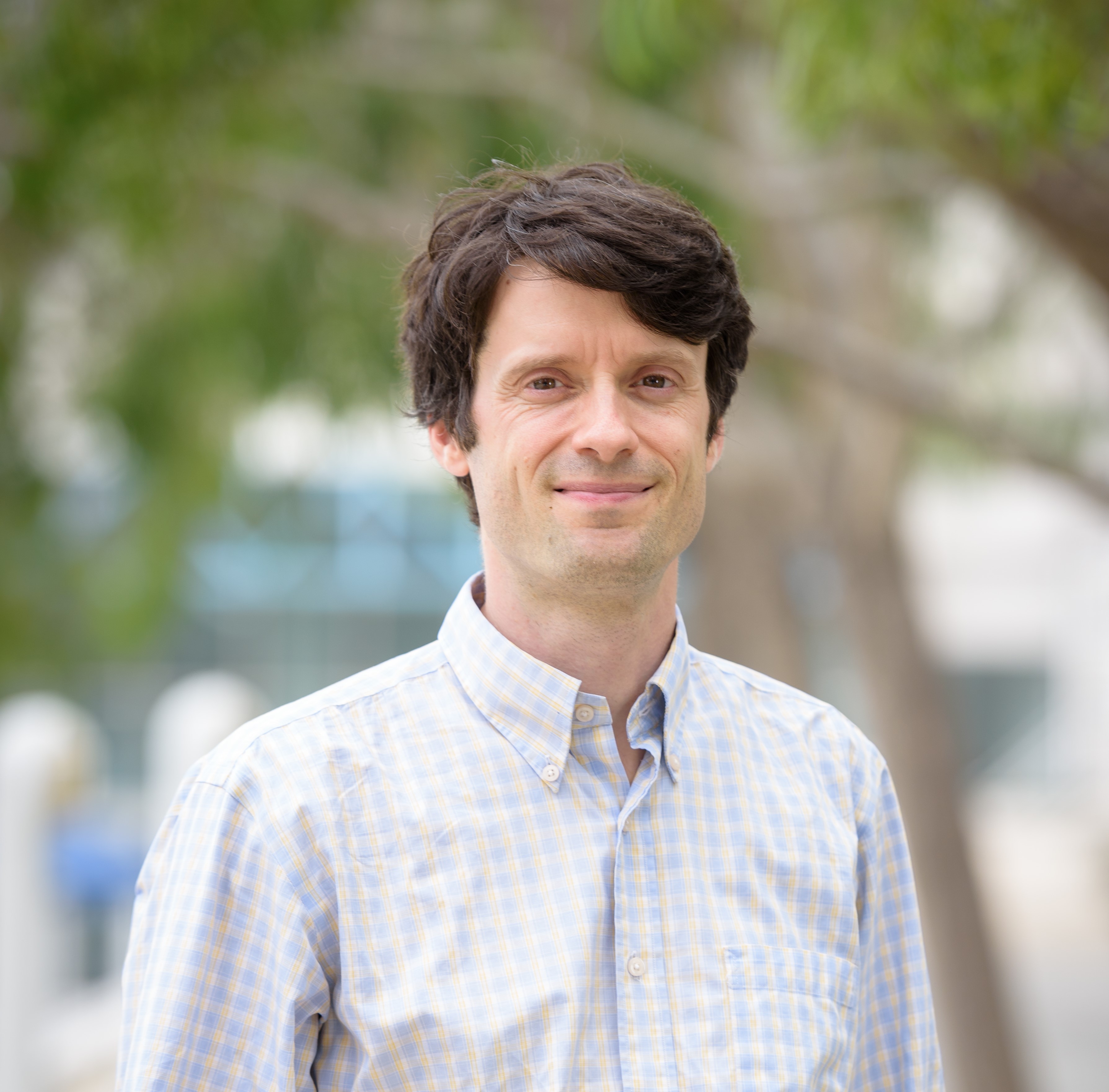
Professor, Renewable Energy and Environmental Flows
Dept. of Mechanical and Aerospace Engineering
Director, UCSD Center for Energy Research
co-Director, Study Abroad
9500 Gilman Drive, EBUII - 580
University of California, San Diego
La Jolla, CA, 92093-0411
Directions
(c) (619) 376-3971 | (o) (858) 534-8087
email: jkleissl at ucsd.edu
PhD., Environmental Engineering, Johns Hopkins University, 2004
M.Sc. Water Resources Engineering and Management, University of Stuttgart, Germany, 2001
B.S., Environmental Engineering ("Umweltschutztechnik"), University of Stuttgart, Germany, 2000
Kleissl's students critical in bringing $154 Million in Clean Renewable Energy Bonds to San Diego to build 20 MW of solar PV projects.
Reduction in roof heat flux through solar panels
UC San Diego Microgrid
Effects of reflective pavements on building energy use
Electric Vehicle smart charging.
